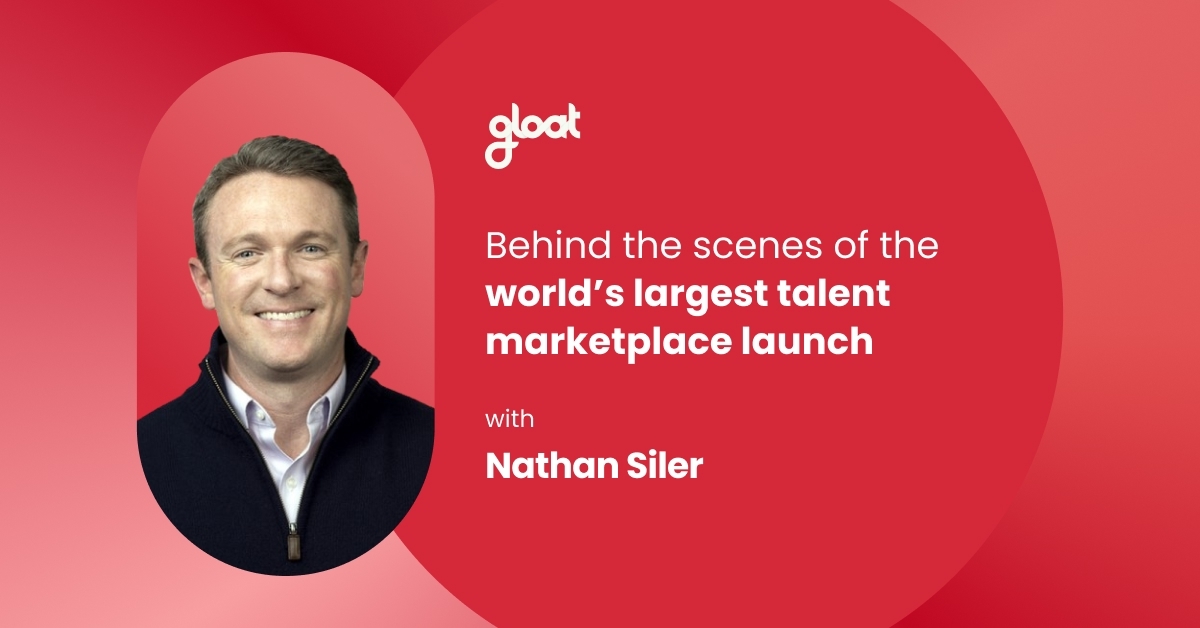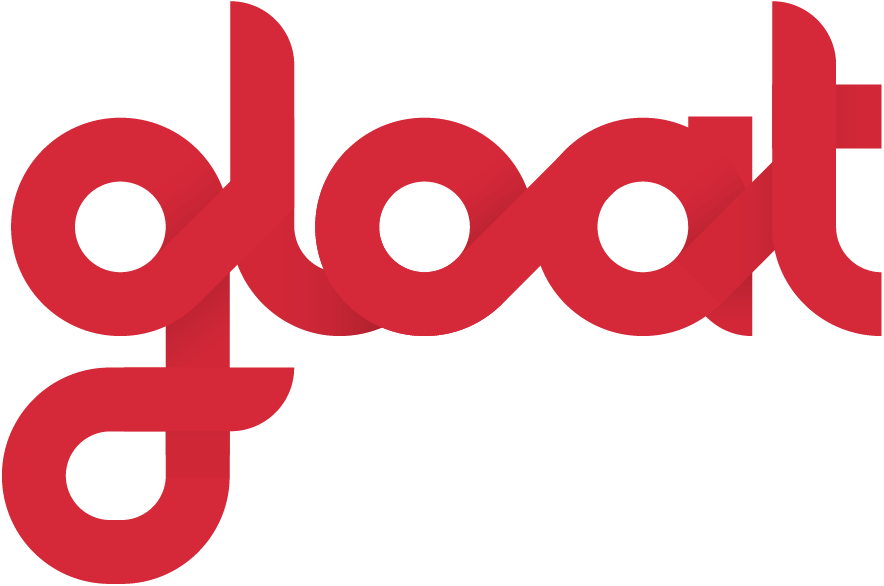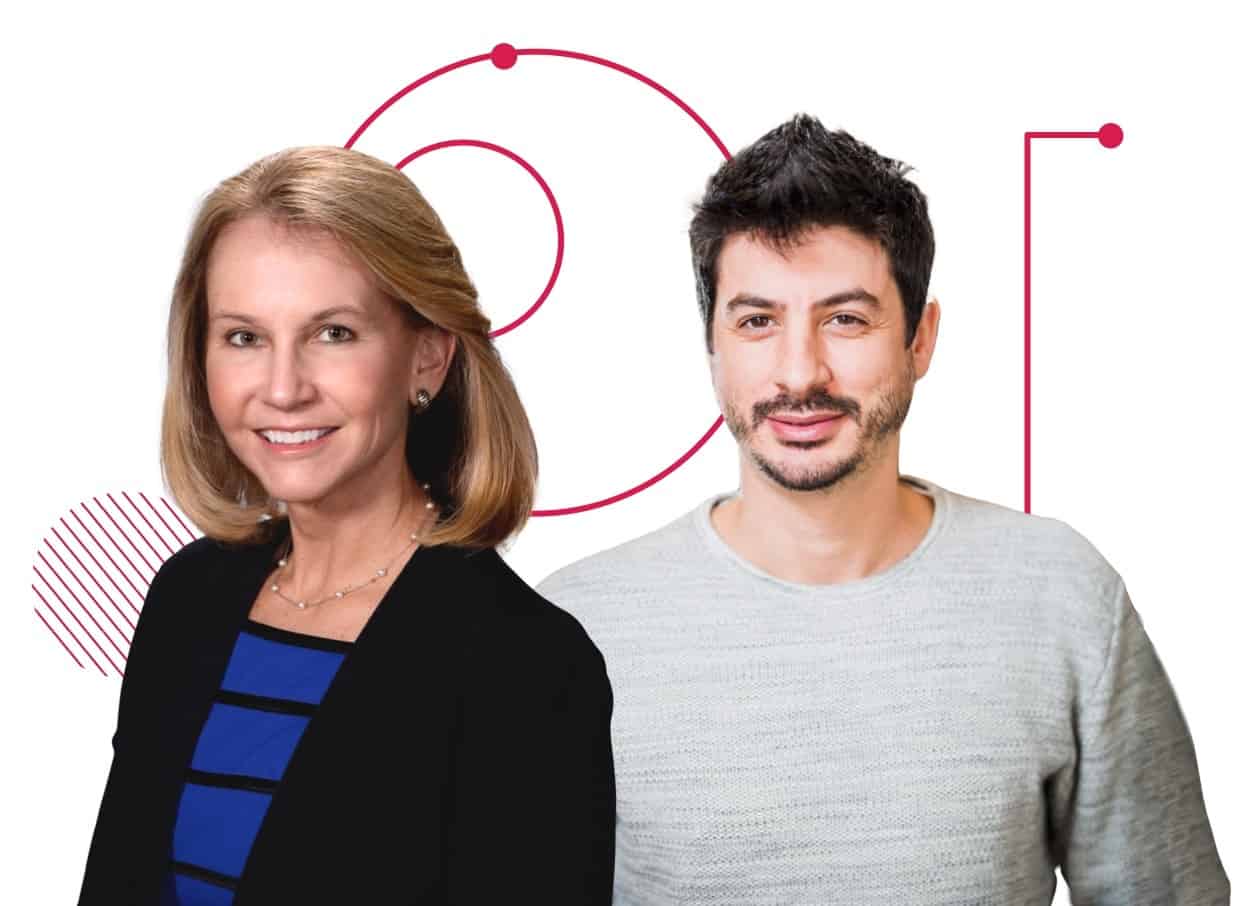Behind the scenes of the world’s largest talent marketplace launch with Nathan Siler
Learn how we brought our talent marketplace to 300,000+ employees in a single day in this Q&A with our Director of Product Experience.

Months ago, one of the largest enterprises in the world came to us on a mission: to transform their employee career journey and enterprise talent strategy by creating a more dynamic and agile organization.
While we’ve partnered with plenty of businesses on their transformation journeys, we’d never rolled out our platform to more than 300,000 people simultaneously. So we decided to team up with this visionary organization to bring their goals to life by creating a platform that would be nothing short of record-breaking.
Following a launch that stakeholders described as “technically flawless”, we sat down with the man who masterminded this impressive feat: Nathan Siler. Our Director of Product Experience recounts the highlights of this project, previews what we’ve got in the works, and shares some can’t-miss advice for leaders looking to launch their own talent marketplaces.
Can you tell us a little bit about your background and your role at Gloat?
Prior to serving as Gloat’s Director of Product Experience, I spent three years working as a Service Delivery Manager on our Customer Success team. In that role, I led our team of project managers and also jumped into managing quite a few projects myself. Before joining Gloat, I spent nearly two decades in leadership roles focused on project management, support, and operations within the contingent labor and HR space.
What do you enjoy most about your role?
Hands down: building relationships. No matter how many processes we try to apply or how neatly we box things up operationally, the reality is that our work can be tough and occasionally stressful. Building strong relationships not only helps navigate those tougher moments, but it also makes what we achieve together that much more meaningful.
Pro tip: My kids think I’m corny, but I stand by the belief that everyone secretly loves a good dad joke.
How many talent marketplace launches have you been involved in and what differentiated this one from past projects?
I’ve been a part of about 20 core talent marketplace launches. Each client brings their own unique spin to how they roll out their program, so no two projects have ever been the same.
What really sets our latest launch apart is probably obvious: the volume. Over 300,000 users is no small feat. From a product perspective, the design and solution were relatively clean and straightforward—but with an organization this size, the real challenge was change management. Different companies under one parent org, layered departments, and competing priorities all had to be taken into account and aligned. That level of complexity made this really unique.
Did you encounter any unique challenges due to population size? And how did you tackle them?
Absolutely. The biggest challenge was planning for the sheer volume of users hitting the platform at once and making sure it wouldn’t put too much stress on our production environment. To get ahead of that, our product team ran multiple validation tests to model performance and guide our launch approach. We also rolled out a few soft launches over the course of a month to keep validating in real time. That all led up to the enterprise launch, where we invited all 300k users over a two-day period. Thanks to all the planning and prep, we had zero latency or performance issues during launch—which was a huge success.
What kinds of early success are you seeing now that the platform is live?
Early success always depends on how a client defines their goals, but from our client’s side, they’re already ahead of their first quarter adoption targets—which is a big win. That’s largely thanks to strong change management efforts and the client’s marketing push during both the soft and full launches.
In a couple weeks, we’ve already seen over half a million skills collected, around 1,000 applications to full-time roles, and we’re already closing in on our first official hire that started with a platform job recommendation. Not bad for two weeks in!
What are you most proud of when reflecting on this project?
Honestly, it’s the team. The way both Gloat and our client team showed up—fully engaged, aligned, and all-in on making this a success—was pretty special. With a project of this size, there are countless ways things could’ve gone off the rails, but our collaboration kept everything moving forward.
In my role as project sponsor, I probably talked more than anyone wanted to hear (sorry, everyone) but the real credit goes to folks in the trenches—our rockstar PM Mark Lewchyshyn, our integration gurus Joe Arun Kumar Amalraj and Naama Ben Nun, and Evan Bazinet leading the change management charge. And of course, the product team crushed it, delivering a platform that scaled beautifully for the world’s largest talent marketplace. It really was a full team win.
What’s next for the world’s largest talent marketplace?
No rest for the weary, right? We’re already moving into additional phases of the rollout, bringing more product features online. This phased approach was intentional from the start—designed in close collaboration with the client to make sure each new feature lands at the right time, with the right support behind it.
It’s all about keeping the end user experience at the center. We don’t just flip a switch and hope for the best—we build momentum thoughtfully, so adoption sticks and the program continues to grow in the right direction.
Do you have any advice for leaders at large enterprises who are thinking about launching a talent marketplace?
Plenty—but if I had to zero in on one thing, it’s this: executive sponsorship is everything. The programs we’ve seen thrive all share that one common ingredient—visible, consistent support from the top.
When senior leaders are actively involved and invested, it sends a clear message across the organization that this isn’t just another HR tool—it’s a strategic priority. That buy-in helps unlock resources, align teams, and break through the typical organizational friction that can slow these programs down.
It’s also what gives your internal teams the confidence and backing they need to run with it. Start there, and you’ll have a much easier time getting the other pieces—like change management, adoption, and enablement—to fall into place. Without it? Even the best-designed tech can struggle to take root.
Want to learn more about our platforms and how they can help your organization unlock agility? Check out our guide, Talent Marketplaces 101.





